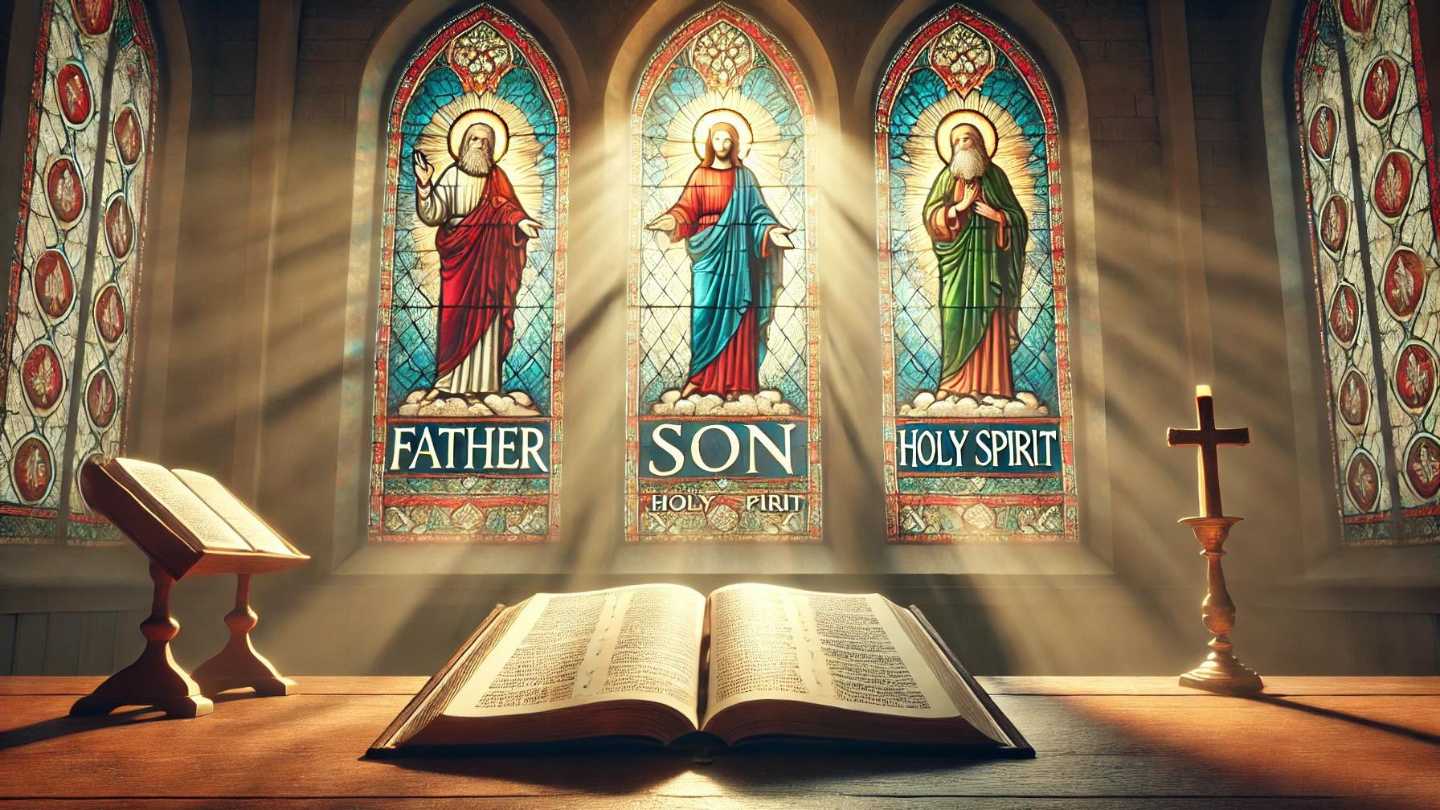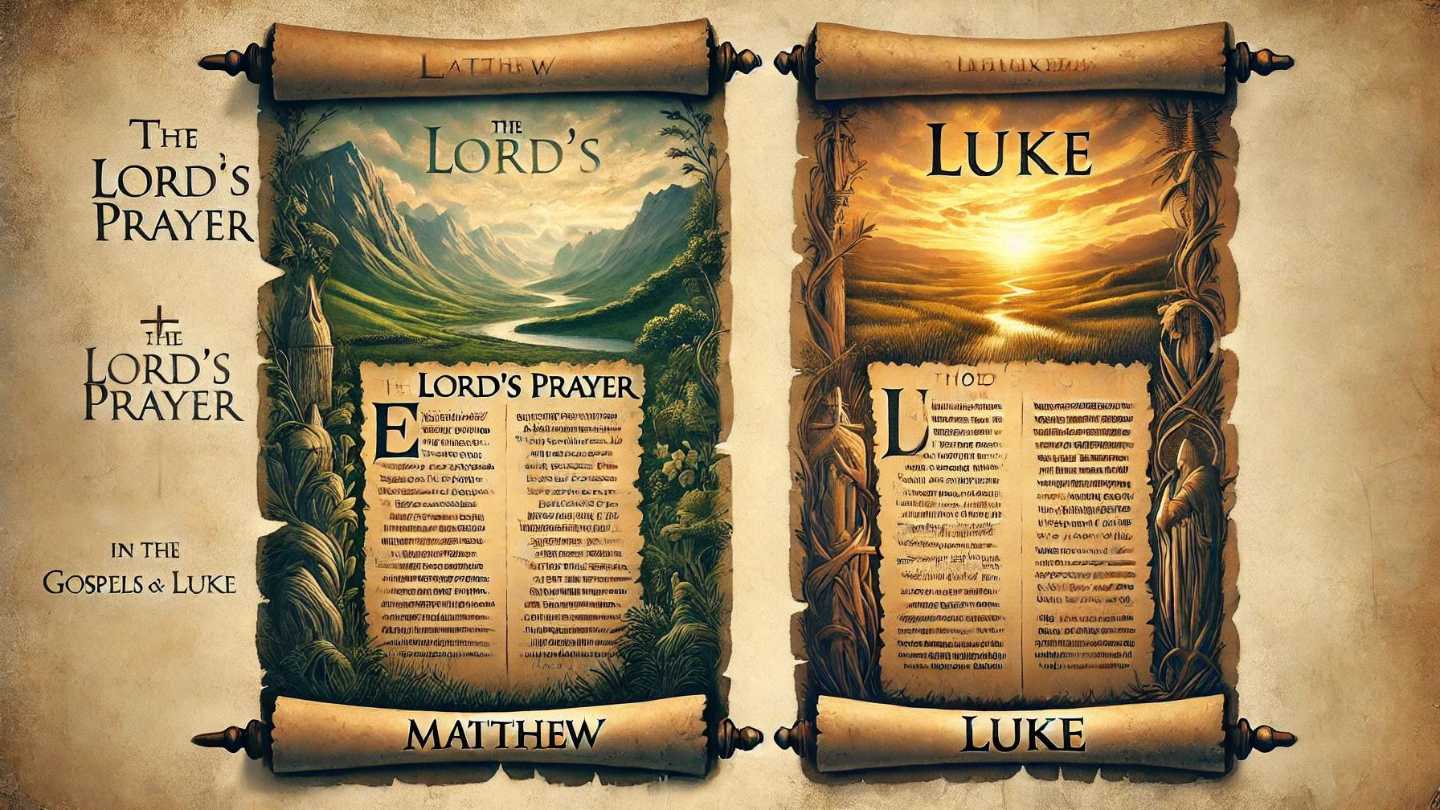The Lord’s Prayer, also known as the Our Father, is one of the most well-known and recited prayers in Christianity. Found in the Gospels of Matthew and Luke, this prayer is a cornerstone of Christian worship and personal devotion. Over the centuries, it has been translated into numerous languages and versions, each bringing a unique perspective to its profound message.
The Original Text
The Lord’s Prayer was originally spoken by Jesus in Aramaic, the common language of His time. The most ancient written versions are found in Greek, the language of the New Testament manuscripts. These early texts provide the foundation for all subsequent translations.
Key English Translations
King James Version (KJV)
- Text: “Our Father which art in heaven, Hallowed be thy name. Thy kingdom come. Thy will be done in earth, as it is in heaven. Give us this day our daily bread. And forgive us our debts, as we forgive our debtors. And lead us not into temptation, but deliver us from evil: For thine is the kingdom, and the power, and the glory, for ever. Amen.”
- Significance: Known for its poetic and formal language, the KJV has been a staple in Christian worship since its publication in 1611.
New International Version (NIV)
- Text: “Our Father in heaven, hallowed be your name, your kingdom come, your will be done on earth as it is in heaven. Give us today our daily bread. And forgive us our debts, as we also have forgiven our debtors. And lead us not into temptation, but deliver us from the evil one.”
- Significance: The NIV, first published in 1978, is appreciated for its balance between readability and fidelity to the original texts.
New Revised Standard Version (NRSV)
- Text: “Our Father in heaven, hallowed be your name. Your kingdom come. Your will be done, on earth as it is in heaven. Give us this day our daily bread. And forgive us our debts, as we also have forgiven our debtors. And do not bring us to the time of trial, but rescue us from the evil one.”
- Significance: The NRSV, published in 1989, is favored in academic and liturgical settings for its inclusive language and scholarly accuracy.
The Message (MSG)
- Text: “Our Father in heaven, Reveal who you are. Set the world right; Do what’s best— as above, so below. Keep us alive with three square meals. Keep us forgiven with you and forgiving others. Keep us safe from ourselves and the Devil. You’re in charge!”
- Significance: The Message, a paraphrase by Eugene Peterson published in 2002, aims to make the Bible’s message accessible and relatable to contemporary readers.
Comparing Translations
Each translation of The Lord’s Prayer offers a different lens through which to understand its meaning. For instance, the phrase “daily bread” is sometimes rendered as “food for the day” or “necessary sustenance,” reflecting varying interpretations of the original Greek term “epiousios.” Additionally, “debts” and “trespasses” highlight different theological emphases on sin and forgiveness.
The Impact on Worship and Devotion
The translation chosen for recitation can shape a community’s or individual’s perception of the prayer’s intent and message. Traditional translations like the KJV might evoke a sense of reverence and continuity with historical Christian practice, while modern versions like the NIV or The Message can make the prayer feel more accessible and immediate.
Bottom Line
Understanding the different translations of The Lord’s Prayer enriches our appreciation of this vital Christian prayer. Each version brings its unique nuances, helping believers connect with the prayer’s profound truths in diverse ways. Whether recited in a traditional or contemporary form, The Lord’s Prayer continues to be a powerful expression of faith and devotion across Christian denominations worldwide.
Related Articles
Author

Alona Smith is a devoted follower of Jesus Christ who believes that life’s true purpose is found in knowing Him and making Him known. She is passionate about sharing God’s Word with clarity and compassion, helping others see the beauty of the gospel of grace revealed through the Apostle Paul.
Grounded in Scripture and led by the Spirit, Alona seeks to live out her faith in practical ways—showing kindness, extending forgiveness, and walking in love. Whether serving in her local church, encouraging a friend in need, or simply living as a light in her community, she strives to reflect Christ in both word and deed.






















